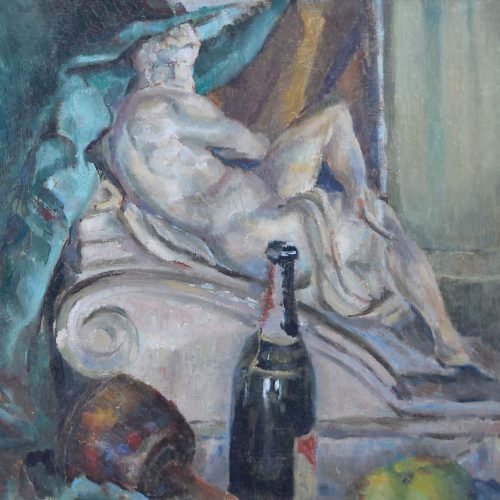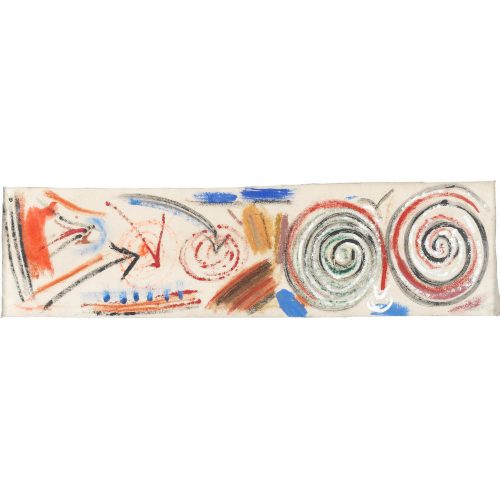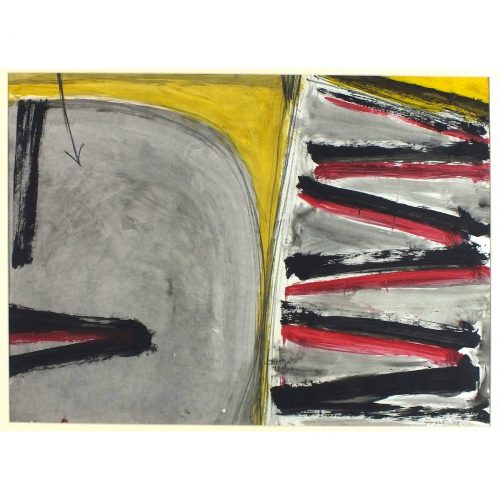Sir Terry Frost RA (1915-2003)
A leading exponent of British abstract art, one of the most important artists of his generation.
Born in Leamington Spa he left school at fourteen working in a cycle shop and for the manufacturing company Armstrong Whitworth. He served in the commandos in World War II and was captured in June 1941 in Crete. At Stalag 383 in Bavaria he was taught to paint by Adrian Heath.
Upon liberation he went to Brimingham College of Art, but soon moved to Camberwell School of Art under Leonard Fuller, considering it to be more forward-thinking. 1946 was spent at St Ives School of Painting, holding his first solo exhibition, and then he returned to Camberwell. There Victor Pasmore, Ben Nicholson and William Coldstream encouraged him towards abstraction. Finishing his course he returned to St Ives and worked as an assistant to Barbara Hepworth, the sculptor. Roger Hilton joined him there and they collaborated in collage and construction techniques.
Although an abstractionist, Frost’s works were always rooted in his real everyday-life experiences, as representations of fields, roads, boats and even traffic signs.
He became Gregory Fellow on Painting at the University of Leeds from 1954-56 and the northern countryside had a strong influence on his art. His paintings became yellow, from the fields of ripe corn, and he adopted small spiral forms that were living organisms. He joined the London Group in 1958, whilst still in Leeds, and then returned to St Ives for a period. Finding money somewhat tight, he moved in 1963 to Banbury to a house large enough for his six children, later becoming Professor of Painting at the University of Reading. Again, the experience changed his painting, and he became fixated on the road signs and heraldic shields that he saw in the towns and villages around.
He was elected Royal Academician in 1992, being knighted in 1998.



